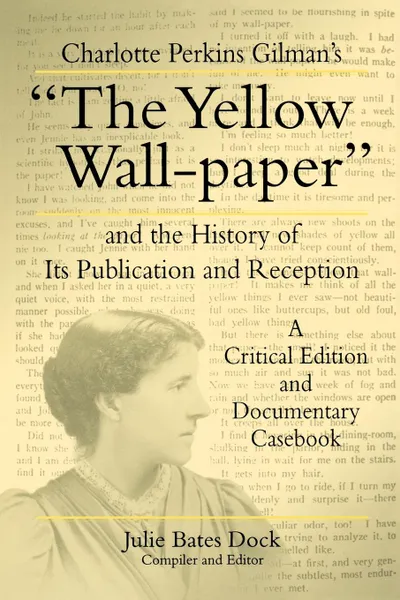Charlotte Perkins Gilman's the Yellow Wall-Paper and the History of Its Publication and Reception. A Critical Edition and Documentary Casebook 14+
1998
146 страниц
Категория: Литература на иностранных языках
ISBN: 9780271017341
Язык: Английский
📒 Since its publication in 1892, Charlotte Perkins Gilman's "The Yellow Wall-paper" has always been recognized as a powerful statement about the victimization of a woman whose neurasthenic condition is completely misdiagnosed, mistreated, and misunderstood, leaving her to face insanity alone, as a prisoner in her own bedroom. Never before, however, has the story itself been portrayed as victimized.In this first critical edition of Gilman's "The Yellow Wall-paper," accompanied by contemporary reviews and previously unpublished letters, Julie Bates Dock examines the various myth-frames that have been used to legitimize Gilman's story. The editor discusses how modern feminist critics' readings (and misreadings) of the available documents uphold a set of legends that originated with Gilman herself and that promulgate an almost saintly view of the pioneering feminist author. The documents made available in the collection enable scholars and students to evaluate firsthand Gilman's claims regarding the story's impact on its first audiences.Dock presents an authoritative text of "The Yellow Wall-paper" for the first time since its initial publication. Included are a textual commentary, full descriptions of all relevant texts, lists of editorial emendations and pre-copy-text substantive variants, a complete historical collation that documents all the variants found in important editions after 1892, and a listing of textual sources for more...
Мнения
